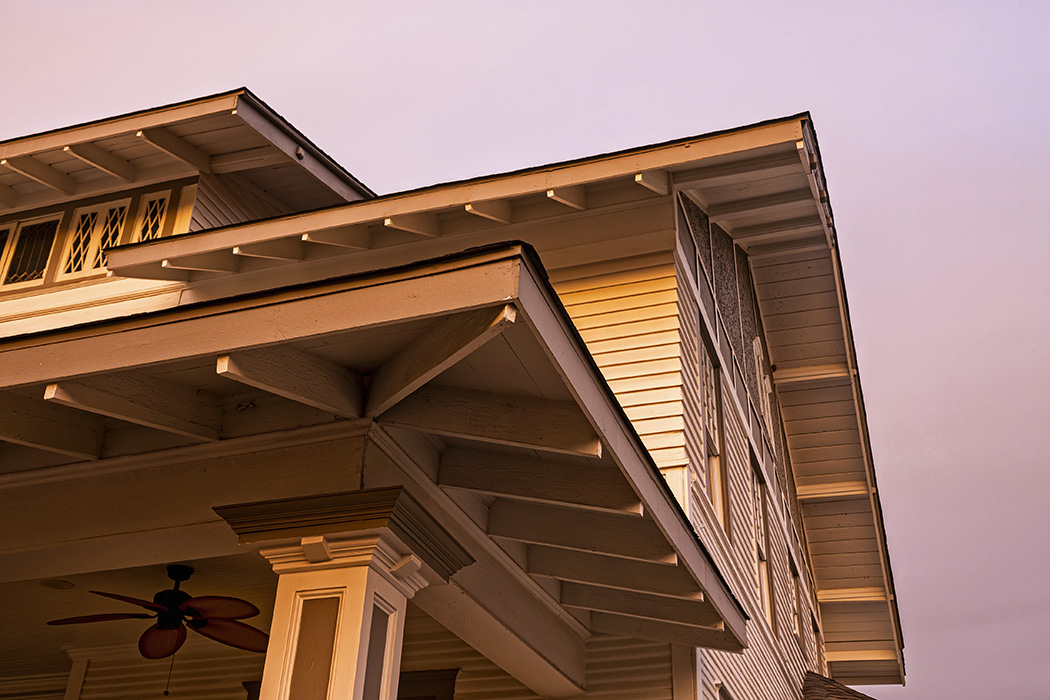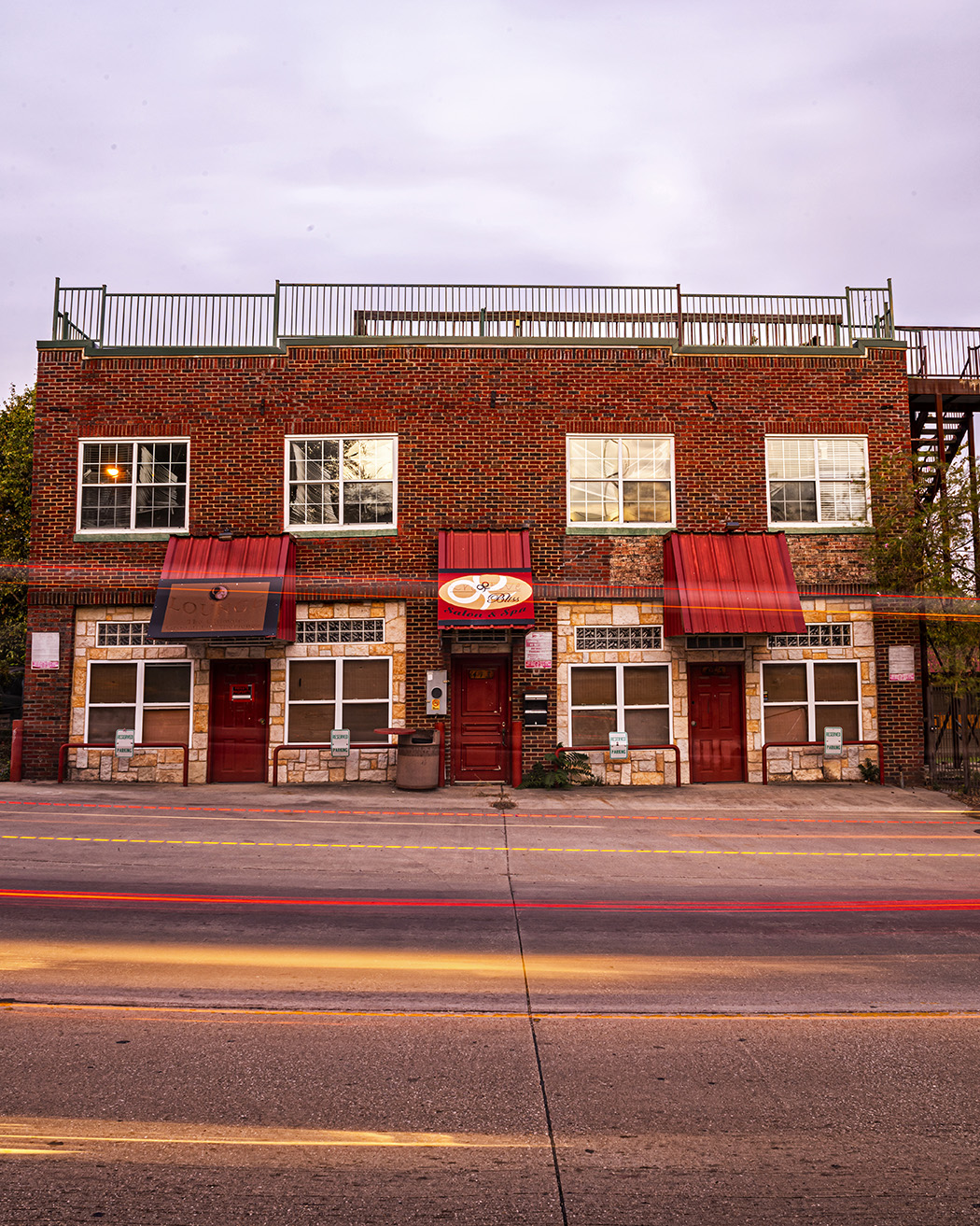
Photography by Danny Fulgencio
Easing parking restrictions in Dallas is one way to encourage the preservation of old buildings and neighborhood design. Here are four other tools for historic preservation in our neighborhood.
Landmark designation
Oak Cliff has 16 buildings that are designated historic landmarks (see map) and cannot be torn down. Anyone can initiate landmark designation for a building with nominations that include the history of the building and compelling reasons for preservation, usually age or cultural history. The review process typically takes three years. Two places in Oak Cliff and West Dallas are currently under review, the Struck House and the Mountain Creek Interurban Bridge.
Create a historic district
This is one of the most difficult and painful ways of preserving buildings. It requires bringing your neighbors to agreement on fine points of building preservation, but it has worked for the Winnetka Heights Historic District, which is chock full of examples of early 19th century homes.
PD 830 legacy amendment
The Bishop/Davis zoning, known as PD 830, contains an amendment aimed at preserving old buildings that front Bishop Avenue and Davis Street, also using parking as a tool. Certain old buildings — those predating 1957 on Davis and 1945 on Bishop — automatically receive a 25 percent reduction in required parking for residences, and it throws out the parking code entirely for retail/restaurant and office uses. So a developer could tear down an old building to construct something new, but they would have to find all of the required parking. A similar ordinance exempts old buildings from the parking code on Jefferson Boulevard.
Demolition delay
Former City Councilman Scott Griggs spearheaded Dallas’ “demolition delay overlay districts” in reaction to the time The Headington Cos. shocked the city by demolishing historic buildings Downtown on Elm Street in 2014. The first ones were in Oak Cliff and Downtown, and they’ve since been added to neighborhoods in Old East Dallas and Uptown. Anyone who files a demolition permit in those areas triggers a 45-day wait period and is required to meet with stakeholders, such as neighbors, preservationists and city officials. It’s a chance for the property owner to take a second consideration for preserving their building rather than destroying it. The delay has resulted in old houses being moved to other sites, and it encouraged one developer to renovate a Bishop Arts duplex they wanted to tear down in 2018.
Public trust
If you care about historic preservation so much, why didn’t you buy the building yourself? Sometimes that happens. Besides the for-profit real estate companies who value old buildings and have put them to good use, there are a couple of cases in Oak Cliff where the public took over. The Oak Cliff Foundation, originally founded in 1973 as the nonprofit arm of the Oak Cliff Chamber of Commerce, bought the Texas Theatre in 2001, shoring it up and protecting it from vandalism and squatters in the decade before Aviation Cinemas took over. After the dilapidated Twelve Hills apartments were demolished in the ’90s, neighbors formed a nonprofit that rezoned part of the vacant land for a park. In 2005, the nonprofit managed to raise funds to buy the 4.5 acres that is now Twelve Hills Nature Center.

Photography by Danny Fulgencio




